If you’ve ever struggled to get your content to rank high on search engines, you’re in the right place.
In this blog post, we’ll walk you through the exact steps we use to leverage Surfer SEO for skyrocketing our search engine rankings.
Our simple, expert-backed tips will help you understand and implement Surfer SEO’s powerful features.
So, prepare to change your content marketing strategy and achieve the visibility your site deserves!
What Is Content Optimization?
It’s making your online content easy to find and valuable for search engines and readers.
It’s a key part of search engine optimization (SEO) that helps your content rank higher in search results and attract more organic traffic.
Think of content optimization as tuning your content to meet your audience’s and search engines’ needs.
This means using the right keywords, understanding search intent (why people search for certain things), and structuring your content in a clear and engaging way.
Optimizing on-page elements like meta tags, meta descriptions, and title tags is crucial, too.
You should craft your title tag, including keywords, and grab attention.
Meta tags briefly summarize your page’s content, helping search engines understand what your page is about.
Writers optimize content to ensure it answers the questions your audience is asking.
This helps your content show up in search results and keeps readers engaged and coming back for more.
Following this content guide can improve your website’s visibility and attract more targeted traffic.
See also how we create a GPT transformer to help us develop tailored content.
Preparing Your Content: Choosing the Right Topic and Keywords
Before you start Surfer SEO content optimization, content ideation comes in.
Then, it’s essential to choose the right topic and keywords.
To create a comprehensive and effective content strategy, consider using a pillar and spoke strategy.
This involves identifying a central pillar topic and then creating supporting spoke articles.
One of the best keyword research tools for this task is Semrush’s Keyword Magic Tool.
Semrush’s Keyword Magic Tool helps you generate keyword ideas based on traffic volume, difficulty, and search intent.
This means you can select keywords that align with what your target audience is searching for, whether they’re looking for information (informational keywords) or ready to make a purchase (transactional keywords).
Let’s show you our example. We’re working on our blog post, “The Ultimate Guide to Fintech Marketing: Tools and Strategies.”
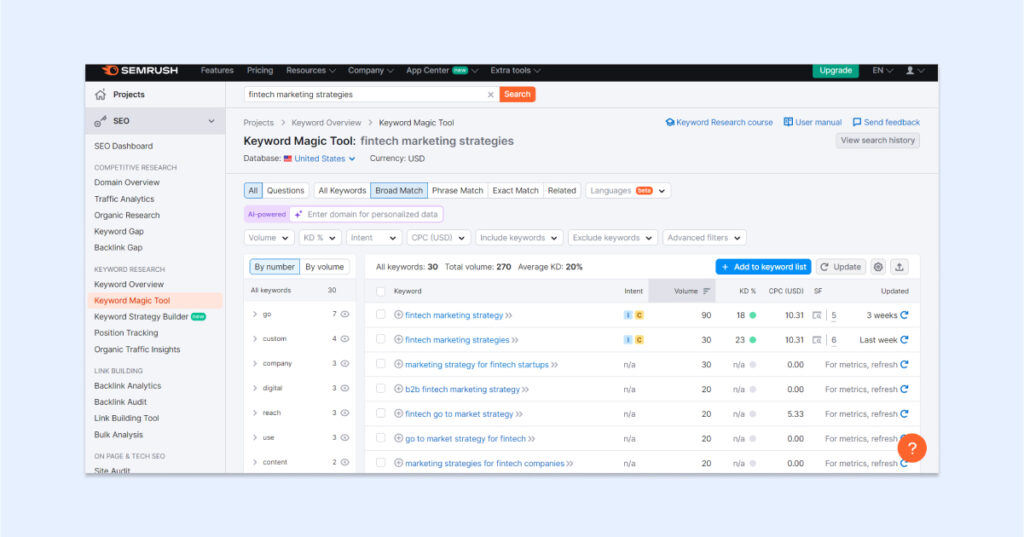
We looked for keywords like “fintech marketing” and “fintech marketing strategies.”
By understanding our customer persona and their pain points, we were able to identify the most relevant keywords to target.
Key Features of Surfer SEO
Surfer SEO content editor is a tool for improving website content to rank higher. Here are its main features and the problems it solves:
Surfer SEO Content Editor: Helps you write articles optimized for SEO. It gives real-time suggestions based on top-ranking pages.
- SERP Analyzer: You can analyze search engine results pages (SERPs) to show why top pages rank well. It helps you understand what your competitors are doing right.
- Keyword Research: Find proper keywords for your content.
- Audit Tool: You can review existing content and make improvements. It helps you update old content to meet current SEO standards.
Surfer SEO solves these problems:
- Helps improve your website’s position on search engines.
- Identifies missing topics that could attract more visitors.
- Ensures you’re using the right keywords effectively.
- Shows what competitors are doing so you can do it better.
- Keeps your content fresh and relevant.
How to Optimize Your Content with Surfer SEO?
Now that you’re ready, let’s go through each step of Surfer SEO content optimization.
Here’s your first step:
Step 1: Create Content with Target Keywords
Start by opening Surfer SEO and tapping “Create Content” in the content editor. Enter the keyword you want to use to improve your search rankings.
To start creating our blog post, we insert the title and relevant keywords like “fintech marketing.” Then, create a 1CE credit.
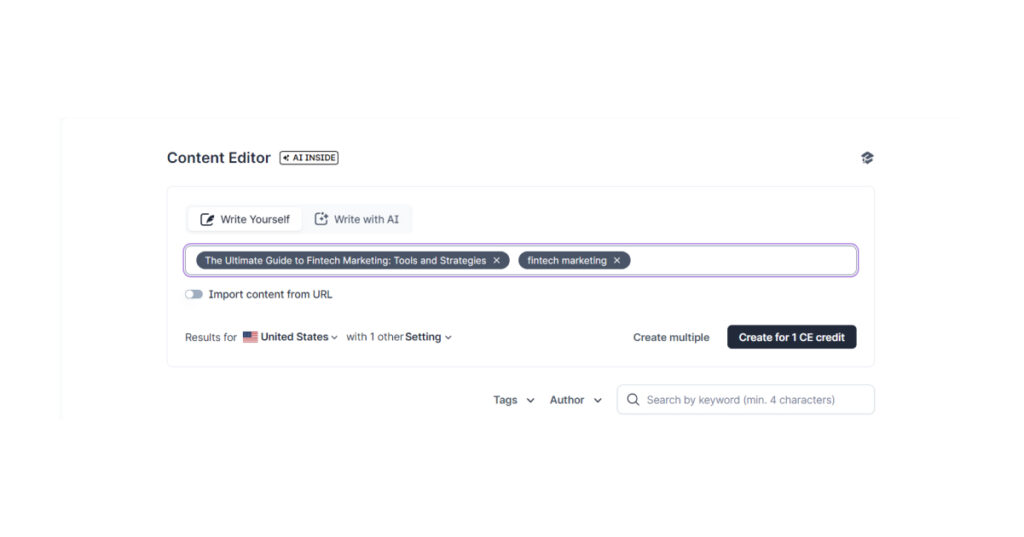
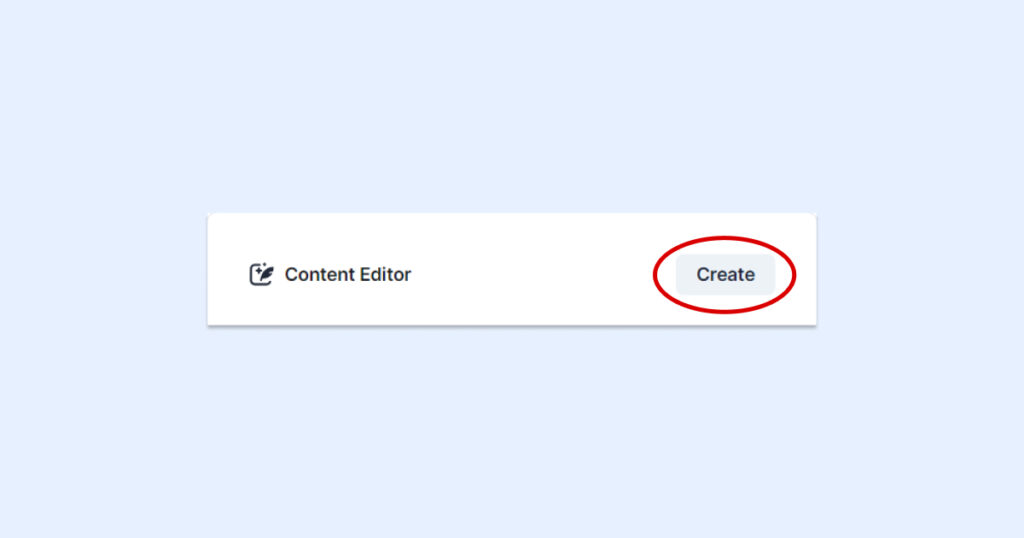
You can insert more keywords.
This initial setup is crucial. It sets the stage for all the Surfer SEO content optimization you’ll do next.
By inputting your target keyword, you’re giving Surfer SEO the foundation to guide you toward higher rankings.
Step 2: Explore the Content Editor Tools
Once your blog is loaded, Surfer SEO will open a detailed content editor window.
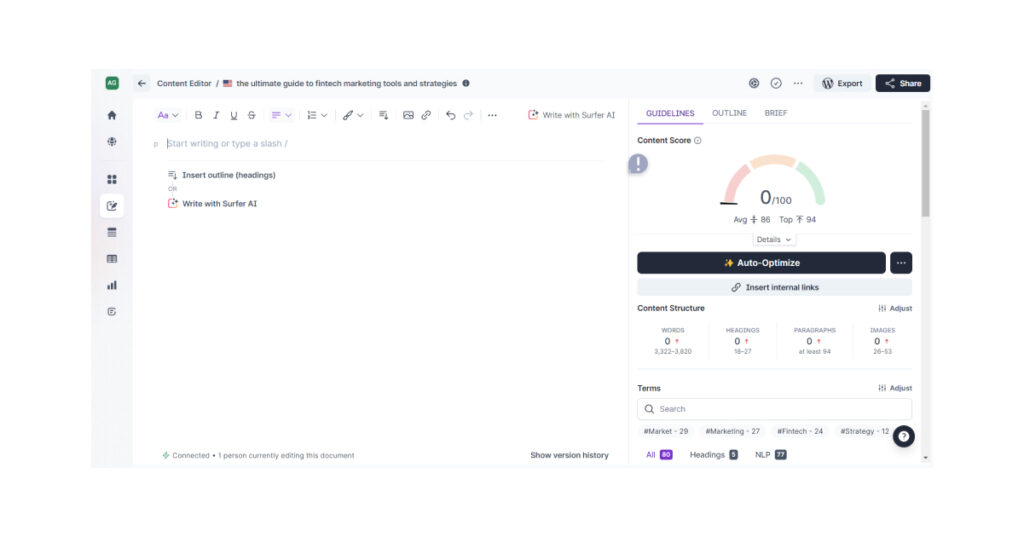
This is where the magic happens. Let’s go through each tool you’ll find here to optimize your content to the fullest.
First, you’ll see a content score that shows how your content matches the top-ranking pages. As you optimize, aim to increase this score.
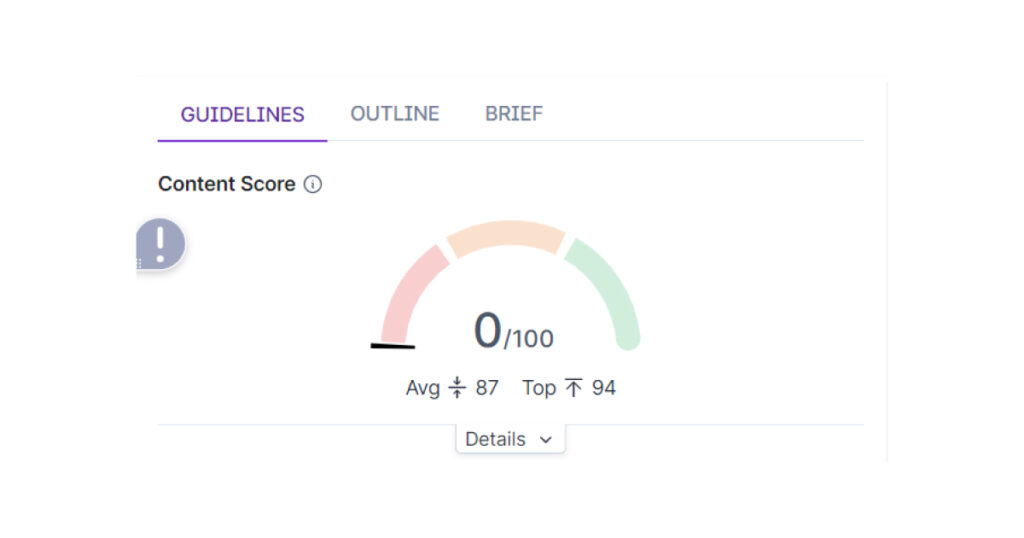
Next, check out the keyword suggestions below. These are additional terms and phrases that can boost your SEO. Incorporate them naturally into your content.
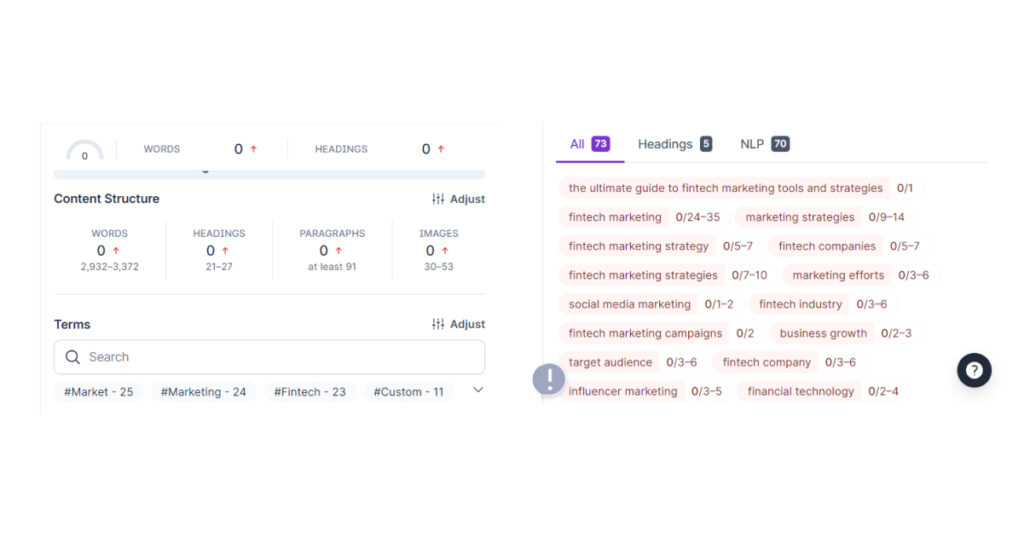
You’ll also see a structured guide indicating the ideal word count, number of headings, and paragraph length. Follow these recommendations to match the structure of the top-ranking pages.
The Outline section is another powerful tool within Surfer SEO. Here, Surfer AI generates and suggests titles, headings, and questions to guide you in structuring your content effectively.
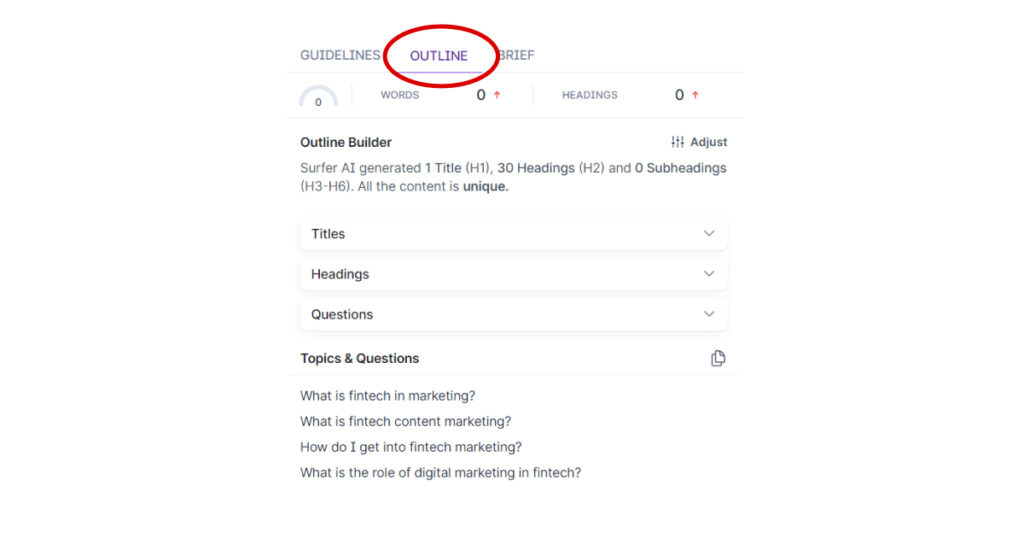
This ensures that your content covers all necessary points and keeps readers engaged.
It also helps to craft an engaging meta description, which is crucial for attracting clicks from search results.
Lastly, there’s the search engine results pages (SERPs) analysis, which shows you the top competitors for your keyword. Study their content to understand what works well in your niche.
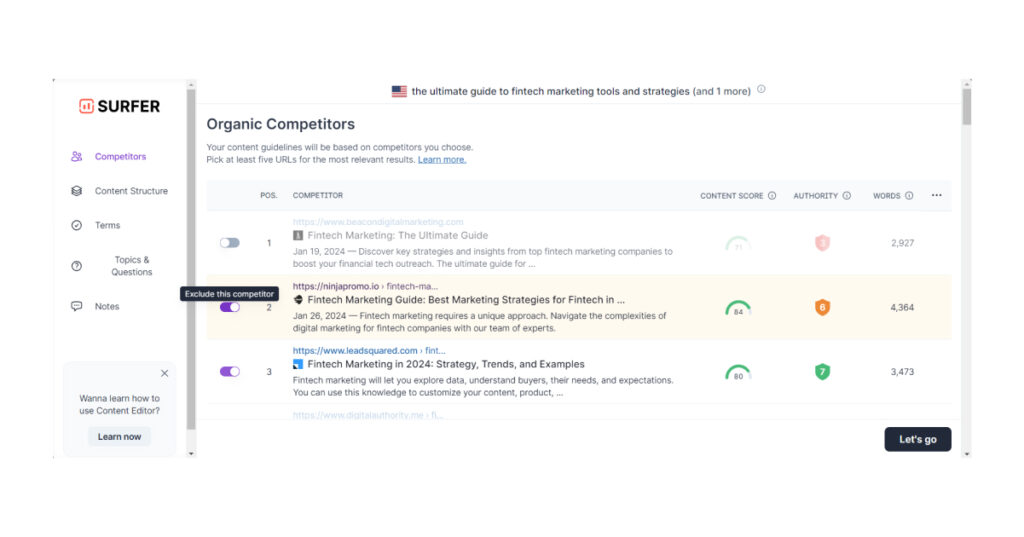
You can even adjust these settings if you feel some competitor pages with low authority aren’t relevant to your strategy.
Step 3: Optimize Content in Real-Time
As you write, Surfer SEO will provide real-time feedback on your content. You can also watch the content score and keyword usage updates live.

Focus on adding relevant headings, subheadings, and bullet points to make your content more readable. Surfer SEO will guide you on the optimal number of headings and paragraphs.
Remember to keep an eye on the recommended keyword density. Use the suggested relevant keywords naturally within your text. Avoid keyword stuffing.
Step 4: Optimize with Images
Images are a crucial part of any engaging blog post. They break up the text, provide visual interest, and can help explain complex ideas more clearly.
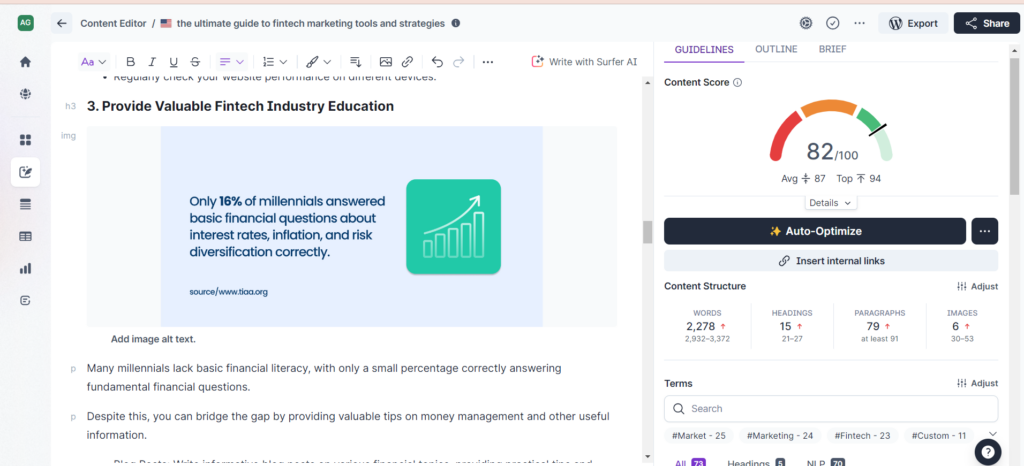
So, include high-quality, relevant images throughout your content.
These could be charts, infographics, or photos that support your topic. Surfer SEO will recommend an optimal number of images based on your competitors’ content. In our case, we use statistics, infographics, screenshots, etc.
See also how we create engaging videos with Heygen ai.
5. Fine-Tune with NLP and Exact Keywords
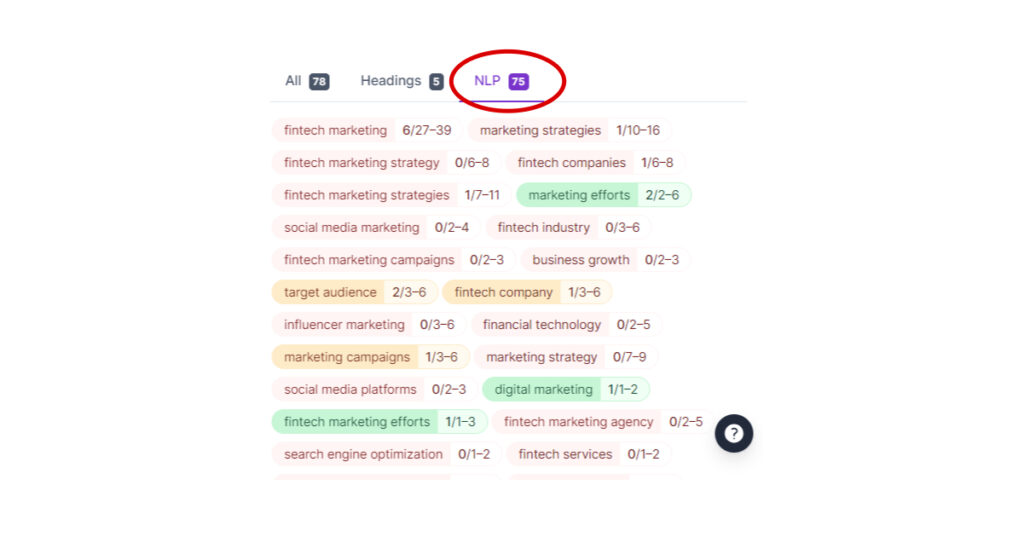
Now that you’ve got a solid draft, it’s time to fine-tune your content.
Surfer SEO offers powerful tools to help with this.
- Use NLP Keywords: Surfer SEO provides a list of NLP (Natural Language Processing) keywords. These are terms and phrases that Google considers important for understanding the context of your content. Make sure to include these NLP keywords naturally within your text. They help improve your content’s relevance and boost your chances of ranking higher.
- Incorporate Exact Keywords: Pay attention to the exact keywords that Surfer SEO suggests. These terms should appear exactly as they are in your content. Balance is key here; use them naturally without overstuffing.
- Adjust Content Structure: Revisit the content structure recommendations. Ensure your word, heading, and paragraph count align with the top-performing pages. Surfer SEO gives you these guidelines automatically based on your target keyword. Adjusting your content structure to match these standards can significantly improve your ranking potential.
Take Your Content to the Next Level with Surfer SEO
Congratulations! You’ve learned the essential steps to optimize your content with one of the best content optimization tools – Surfer SEO.
Remember, Surfer SEO content optimization is an ongoing process. Continuously monitor and adjust your content based on Surfer SEO’s real-time feedback and suggestions.
So, what are you waiting for? Put these steps into action and start optimizing your content today.

